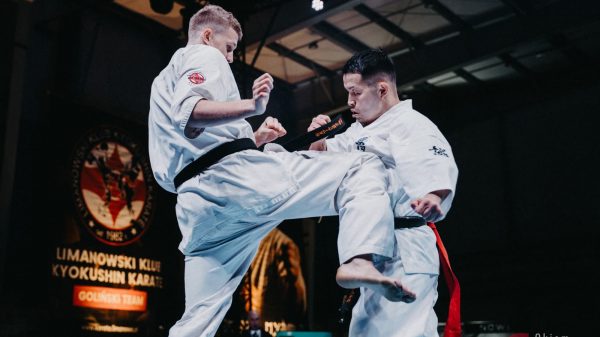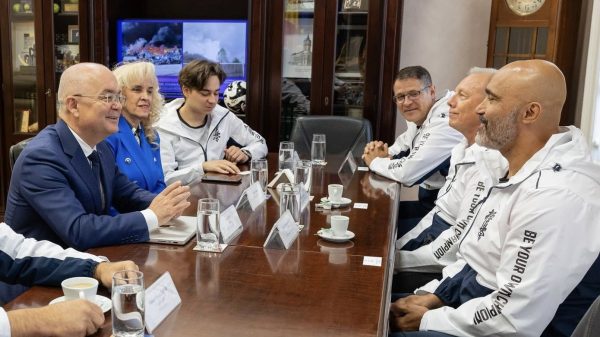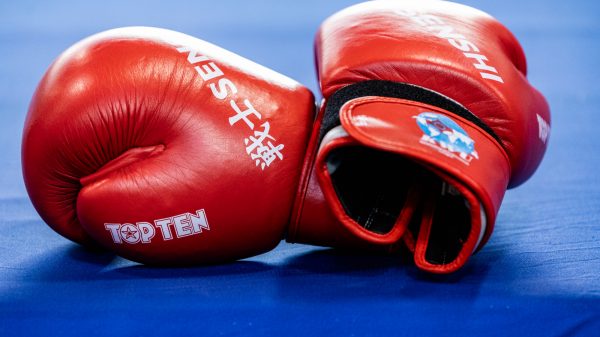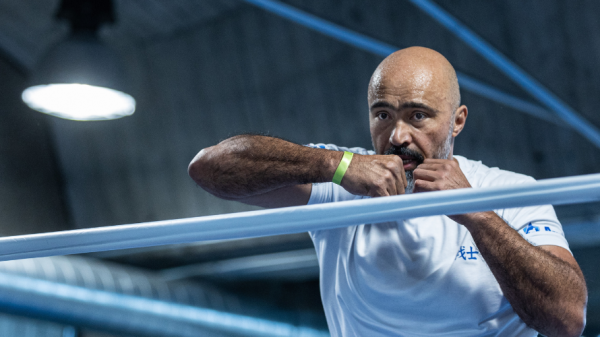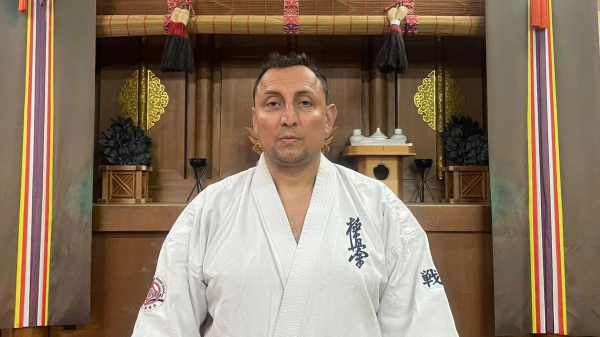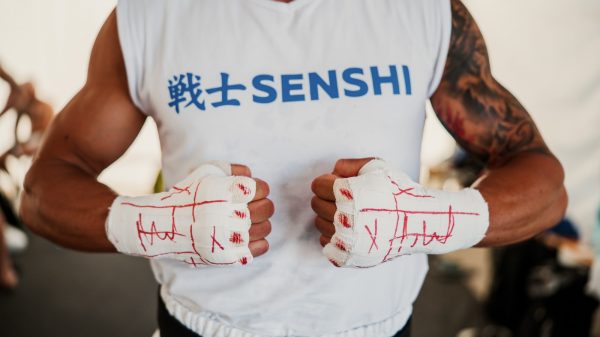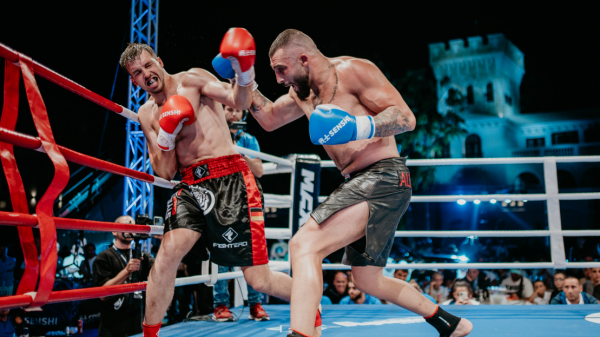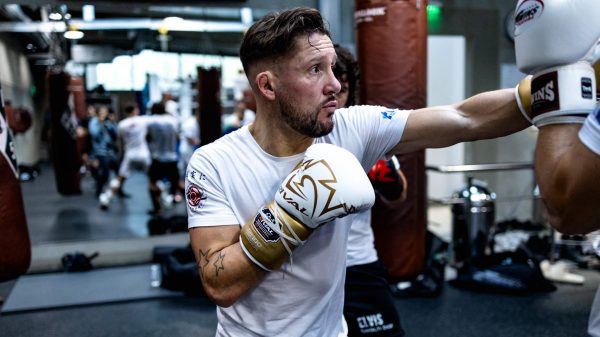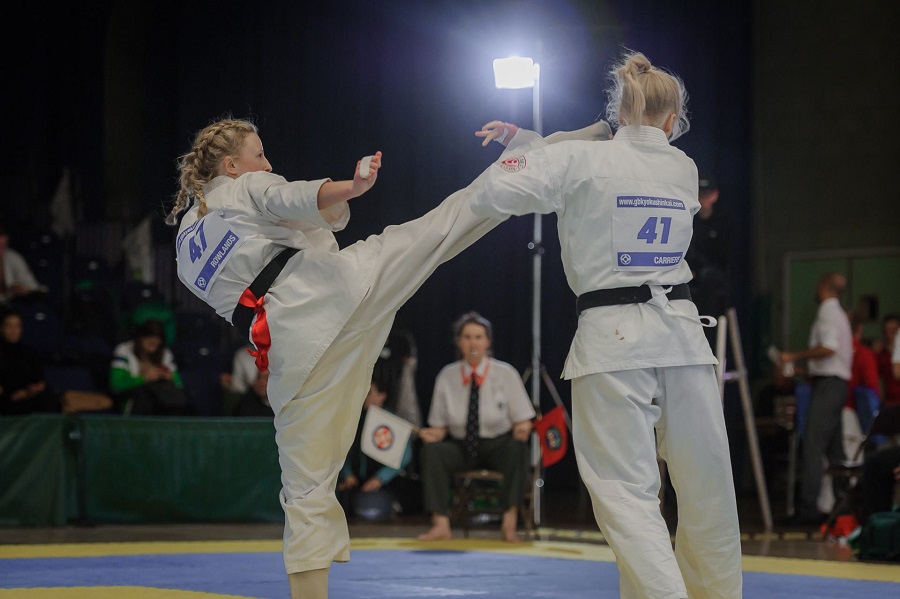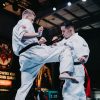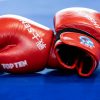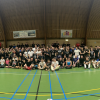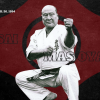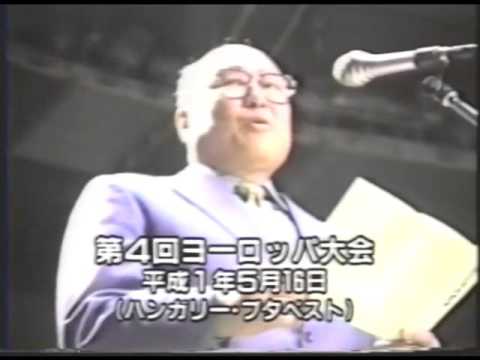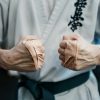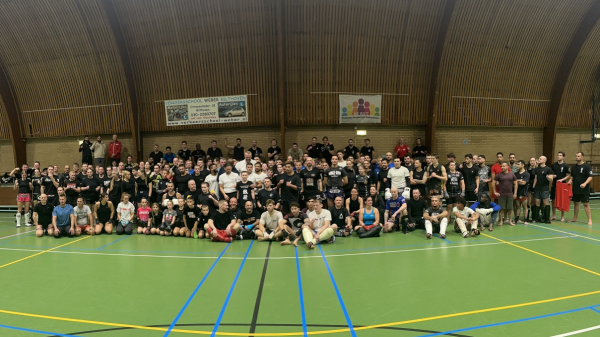Did you know there is a way of boosting your Power and Speed, right before you enter the Tatami for a Kumite or Kata round?
I’m talking about a combination of Post-Activation Potentiation (PAP) and Post-Activation Performance Enhancement (PAPE)…
PAP is a boost in muscle performance after a conditioning contraction. In other words, it’s a training stimulus that will help you reach higher levels of Strength, Power, and Speed.
PAP enhances short-duration athletic performance that requires maximal Power production. In Karate, maximum Power production is a key-point in Kata and Kumite, don’t you agree?!?
How do you Stimulate Post-Activation Potentiation?
The best training methods to produce high PAP effects are:
- Plyometric Training
- Ballistic Training
- Traditional High-Intensity Strength Training (maximum or near-maximum loads)
- But let’s focus on the most practical one to use during a competition: Plyometrics!
Why? Let’s see the reasons:
Fatigue is the central element that might impair the PAP effects, and a well-designed Plyometric warm-up may produce less fatigue than a loaded Traditional Strength exercise.
The PAP effects can be achieved earlier with Plyometrics. The 30s to 4min after the completion of a Plyometric drill. While the Traditional High-Intensity Strength warm-up method will take more than 5 minutes to reach the PAP.
You can use Plyometrics in any place you need, during a competition… and without any equipment.
And what about Ballistic Training? Ballistic Training will also have a 2 to 5% of Power boost and relies on the same principles of Plyometrics.
The difference is that you need to add some external weights to the Ballistic Jumps.
Stronger Athletes will have a Greater PAP Effect than their Weaker Partners
The training level is one of the main factors that affect how much PAP influences your performance.
Several studies have shown that high-level athletes have a better response to PAP than those who participate in recreational resistance training, for example.
Why?
Because they have the ability to recruit their motor units faster (at a higher firing rate), when compared with the untrained individuals, in addition, more trained Athletes develop a higher resistance to fatigue when exposed to maximum efforts.
Gourgoulis and Aggeloussis (2003), for example, found that athletes with greater Maximal Strength showed a greater improvement in vertical jump after a previous conditioning stimulus (4.01%). On the other side, participants with lower Maximal Strength had much smaller improvements (0.42%).
What’s the Influence of Fiber Type on post-activation Potentiation?
Another explanation for the difference between levels of Strength and Strength training experience is the Fiber Type among Karatekas’ muscles.
The improvements in performance achieved with a well-designed PAP are undoubtedly in high-intensity activities that require high Force, Speed, and Power – like Karate, and the performance in such activities depends on the amount of Fast (Type 2) Muscle Fibers. For example, muscles with a higher percentage of Type 2Fibers, exhibit greater PAP effects.
Despite muscle Fiber Type – and its distribution in the muscle – is mainly determined by genetic factors, it can also be influenced by the training level, methods, or age.
You can transform 2X fibers into 2A fibers, with specific Strength training. 2A fibers can also produce fast and more intense contractions but have a higher fatigue resistance than the 2X type.
You can also achieve a selective Hypertrophy of Type 2 Fibers, with the right protocol.
What’s the Role of Post-Activation Performance Enhancement (PAPE)?
This is a more scientific concern among researchers because PAP (post-activation Potentiation) is identified as being present for 3 minutes or less, after the stimulus, but most studies that tested PAP show an improvement in performance after 6-10 minutes (or even more), after the stimulus. Even the Running Economy is positively affected by PAP in Endurance Sports.
This led some researchers to create a new concept called post-activation Performance Enhancement (PAPE), trying to explain why the improvement in Strength, Power, and Speed occurs, despite the PAP effect has already gone.
While PAP is potentiated by the myosin regulatory light chain phosphorylation, PAPE is mostly influenced by muscle temperature, muscle and muscle fiber water content, and muscle activation (including motivation).
The relationship between both effects is still under research, but the important is that you know you can boost your Kumite and Kata Athletes’ performance in competition, using a well-designed Warm-up that includes Plyometric or Ballistic exercises it’s important you know there isn’t a perfect PAP/PAPE protocol that suits all your Athletes.
What exists is a group of variables that you must understand so you can design the best protocol for your Karatekas. When I studied all PAP/PAPE articles published until now, most of them show positive effects on performance, but some don’t. And there is a reason for that!
Final Note: be aware of the two negative elements that may negatively affect the PAP/PAPE effects.
I’m talking about Fatigue and Non-Specific Plyometric or Ballistic drills.
PAP/PAPE drills must be short and as similar as possible to the motor actions, your Athletes are going to execute during competition.
Source: karatescienceacademy.com


